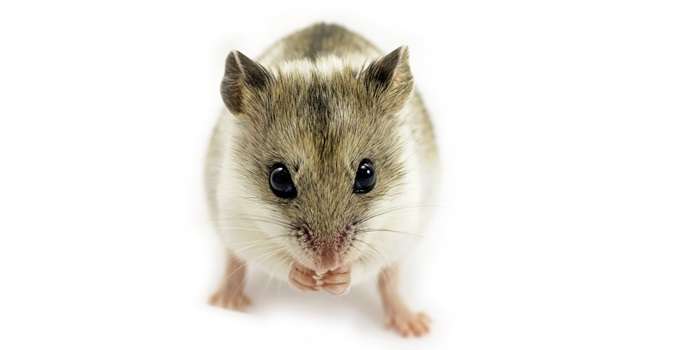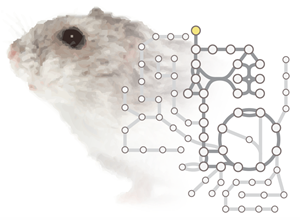New computational model provides a tool for improving the production of valuable drugs

An extensive study involving partners from five continents has resulted in a model describing the metabolism of Chinese hamster ovary cells (CHO). This model can be used to improve and accelerate the production of biotherapeutics, cancer drugs, and vaccines.
Chinese hamster ovary cells (CHO) produce more than half of the top selling therapeutic proteins on the market today. These include cancer drugs, blood proteins, enzymes for metabolic disorders, vaccines, and various human hormones. Worldwide sales of biotherapeutic proteins exceed 140 Billion US Dollars per year.
Despite the large market, it has been challenging to produce the drugs. Even the best produced drugs can only be produced at 5-10 g/L in CHO cells. The low yield and high demand makes bio-pharmaceuticals quite expensive.
Now, a new study reveals the biosynthetic pathways influencing protein production within the CHO cells. This tool allows scientists to make comprehensive simulations without doing tedious experiments in the laboratory. Hence, if a scientist wants to produce a specific human antibody in a CHO cell, the model will tell him or her which metabolic pathways are involved, and which growth conditions will presumably give the optimized production potential.
"This model finally directly connects therapeutic protein production to the nutrients consumed by the CHO cells. This will allow researchers to design better CHO cells optimized for production of therapeutic proteins, which could result in lower prices and greater availability of many drugs," says corresponding author and Assistant Professor Nathan Lewis from The Novo Nordisk Foundation Center for Biosustainability at University of California, San Diego.This new research has now been published in Cell Systems.

The research involves partners from USA, Denmark, Singapore, Austria, Australia, Chile, Iceland, and Saudi Arabia. The new model is called iCHO1766 and includes 6643 metabolic reactions and 2341 unique metabolites, i.e. products or intermediate molecules.
To test whether the model's predictions reflected reality, the scientists performed a number of test runs and compared them to real data from several different laboratories. On average, the predictions only deviated 25% from the actual result. This is as good, if not better than similar analyses conducted in any other comparable model of mammalian or human metabolism.
"This shows that the model is fairly robust, but still has room for improvement," says co-first author and PhD student Hooman Hefzi from The Novo Nordisk Foundation Center for Biosustainability at University of California, San Diego.
"The model is primarily based on CHO data, but also on human and mouse cell lines, when there was no CHO data available. But the model is dynamic and will get updated as new data or areas for improvement are found," he says.
In order to construct this consensus model, the researchers combined three existing models for CHO metabolism. It turned out that each of the models covered different aspects of metabolism, and therefore only had 22 % of the final reactions in common. Hence, the consensus model gave a much more comprehensive overview of CHO metabolism and the combined effort of dozens of researchers allowed the team to carefully curate each pathway, according to Nathan Lewis:
"Now researchers can work much more strategically in their CHO cell design. So instead of screening and testing billions of cells to find the one that by coincidence produces high concentrations of the desired bio-pharmaceutical, you can conduct simulations in the computer before going to the lab to design strategies to engineer the cells. This is a very important tool for CHO bioengineers, I would say."
Researchers can now access the iCHO1766 model at the BiGG Models Database: bigg.ucsd.edu/models/iCHOv1
More information: Hooman Hefzi et al, A Consensus Genome-scale Reconstruction of Chinese Hamster Ovary Cell Metabolism, Cell Systems (2016). DOI: 10.1016/j.cels.2016.10.020
Journal information: Cell Systems
Provided by Technical University of Denmark



















